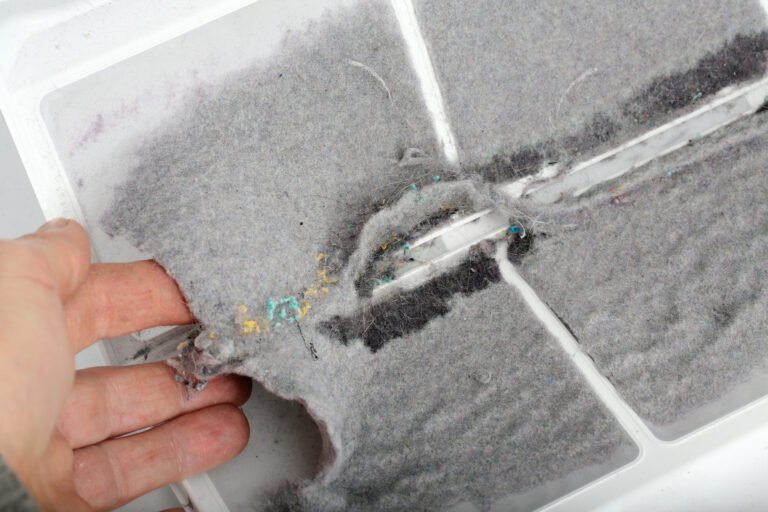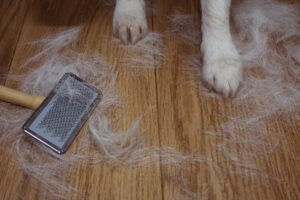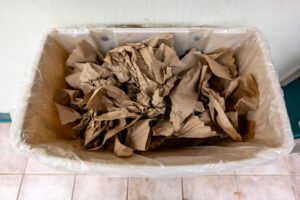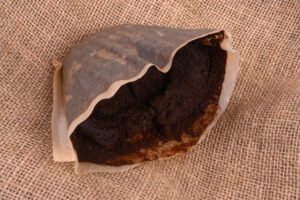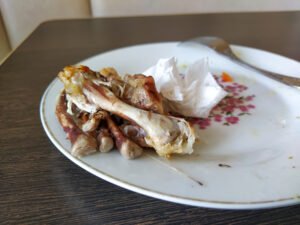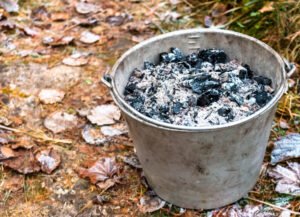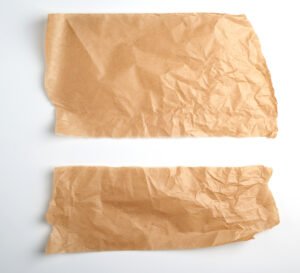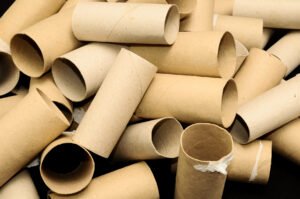Have you ever cleaned your washing machine’s dryer vent? The clump of tiny fabrics you see is dryer lint. This lint mostly ends up in the trash but did you ever consider reusing it in the garden? If not, you must! Today, let us find out if you can compost dryer lint and how!
Key Takeaways
- Dryer lint is compostable if made of natural fiber as it adds carbon and fiber to the compost pile and gives structure to the compost.
- You can compost natural lint in a regular compost pile in your garden or even via Vermicomposting; we’ve explained the procedures below!
- It’s recommended to avoid using lint from synthetic fibers as they contain microplastics that might not decompose and contaminate the compost.
- The compost made from dryer lint helps in soil aeration and structure. But this isn’t the only benefit; you can find more benefits, tips, and uses in this article.
So, let’s put the lint to some use in our garden and learn all about composting dryer lint!
What is Dryer Lint?
The lint is the small fiber pieces that reach the surface of the clothing when they are washed. These particles, while drying, reach the dryer vent and accumulate as the dryer lint. It also includes hair, dust, or other particles collected from clothes when they are washed.
How to Compost Dryer Lint?
Dryer lint made of natural material is safe for composting as it adds structure and organic material to the soil. You can also add it to balance the excess green materials in your compost stuffed with grass clippings and food scraps.
Composting dryer lint is as simple as composting other feedstock. If you have a compost pile ready, you can simply wet the dryer lint, add it to the compost heap, and mix it well with other composting ingredients.
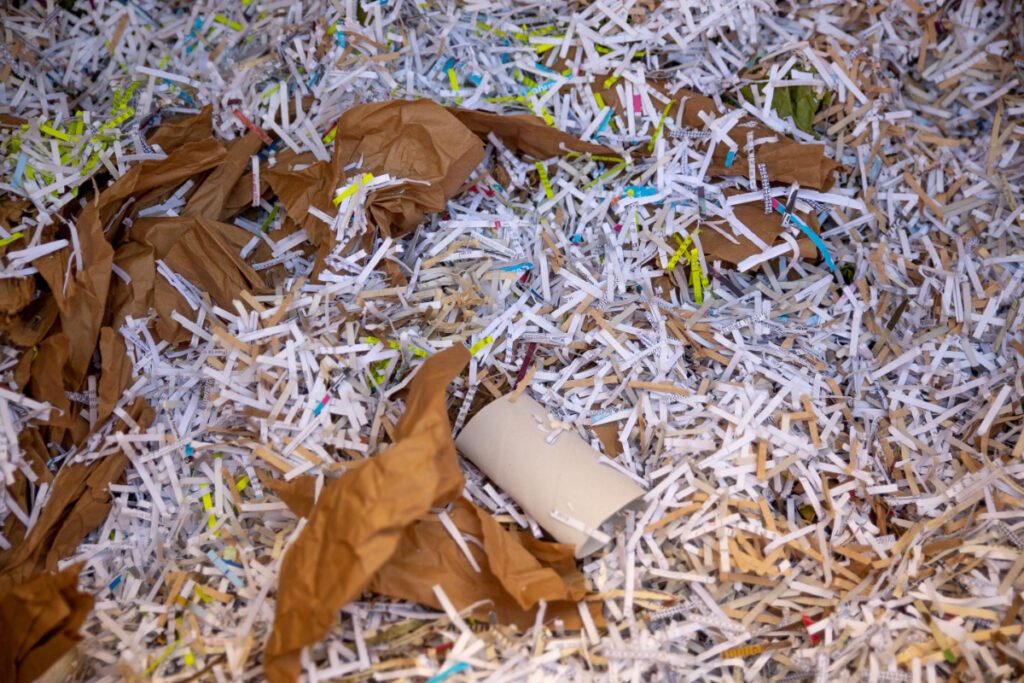
If you are starting a new composting setup, given below is a step-by-step process you can follow to compost dryer lint from scratch.
Step 1. Collect the Dryer Lint
Collect the lint while you clean the vent trap after washing the clothes and store it in a jar. You can collect the lint from natural fibers like organic cotton, wool, linen, and silk for composting.
Step 2. Set Up Your Compost Bin/ Pile
Take a bin and make holes around it or get a compost bin from a gardening store. Set the bin in the corner of your garden, where you get ample sunlight.
You can also pile up the composting materials in your backyard in a sunny and hassle-free spot, away from the threat of pests.
Step 3. Add Collect Brown and Green Materials
Gather some brown materials like dried leaves, twigs, wood ash, paper towel, toilet paper roll, cardboard, and shredded paper and break them into pieces. Mix them with dryer lint and keep them aside.
Now, collect green feedstock like watermelon and pumpkin rinds, vegetable and fruit peels, apple core, tea bags, coffee grounds, eggshells, and other food waste and chop them into smaller pieces.
Brown materials are rich in Carbon and provide food for the microbes, while green materials are rich in Nitrogen and help in the growth and reproduction of the microbes.
Step 4. Prepare Compost Bed with Browns
Spread a firm layer of crushed brown materials like dried leaves, twigs, wood ash, cardboard, and shredded paper evenly on the bottom of the compost bin and water it.
Step 5. Add Green Materials
Make a layer of green on top of the brown materials. Greens include feedstock like vegetable and fruit peels, watermelon and pumpkin rinds, tea bags, coffee grounds, eggshells, and other food waste.
Chop the food scraps into tiny pieces for faster decomposition.
Step 6. Alternate the Layers
Repeat the process by altering brown and green materials. Once you’re done adding all the materials, seal the bin with a firm layer of soil or cow dung. This will help accelerate the composting process.
Step 7. Maintain the Compost Bin
Monitor your compost bin regularly for maintaining moisture and aeration. Turn the compost pile once in a while for even oxygen distribution, and water it if you feel the pile’s dry.
An ideal compost needs a good balance of green and brown material along with moisture and oxygen. These four factors will keep the compost healthy and the microbes active.
Can you Compost Dryer Lint via Vermicomposting?
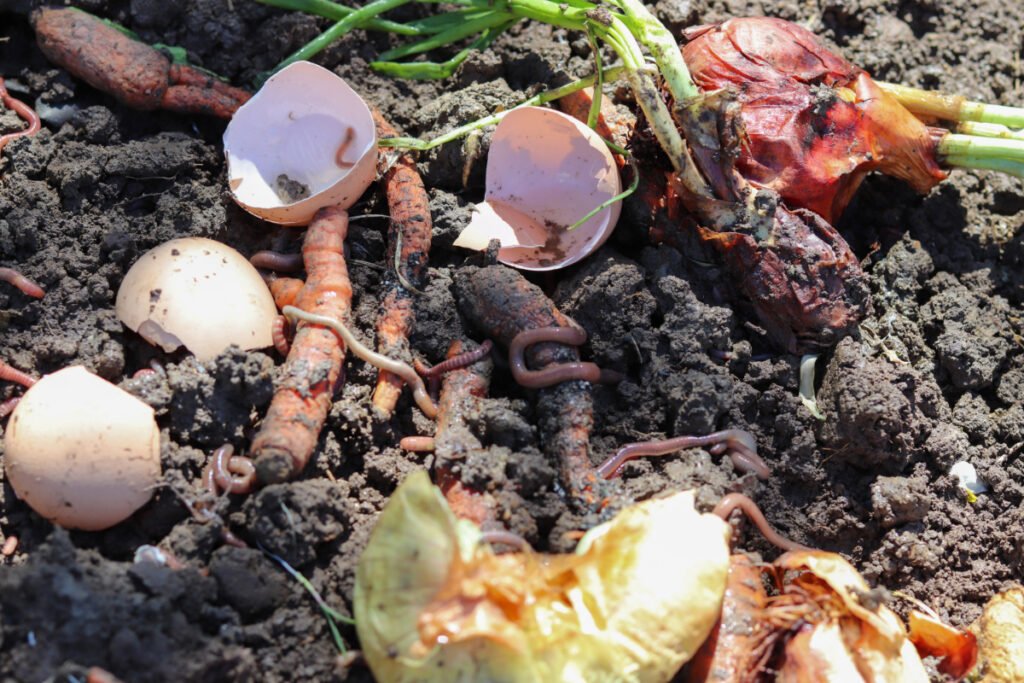
Yes, you can compost dryer lint in wormery if made of entirely natural materials. If your laundry has only cotton towels and sheets, you can compost the lint. The hair and dust will also break down well in your worm bins.
However, nowadays, most clothes are composed of synthetic fibers that are non-biodegradable and might contaminate your worm bins. Also, even the natural fibers have some synthetic/plastic items in them, like zips or buttons.
The synthetic materials in the dryer lint contain microplastics that may harm the worms adversely. Though it might not show any ill effects if they are within the limit, it is recommended to keep the lint from synthetic fibers away from the worm bins.
Benefits of Composting Dryer Lint
According to Environmental Science and Pollution Research, fabric waste has accounted for approximately 10% of total global waste in recent years.
As they claim, some of this fabric waste is biodegradable and can be decomposed at acceptable rates under controlled conditions. So it is advisable to manage this waste wisely through composting as it can be useful!
Listed below are a few benefits of composting dryer lint:
- Dryer lint is rich in carbon and fiber and acts as a brown material for compost.
- Compost made of lint improves the soil structure and tilth.
- Compost made of dryer lint adds organic matter to your soil and is an excellent supplement to your organic garden. This compost improves soil aeration and promotes root growth.
- The fiber in the dryer lint maintains the texture of the compost pile and helps aerate the compost.
- Composting dryer lint reduces waste going to the trash and is eco-friendly.
Additional Tips For Composting Dryer Lint
Adding dryer lint to the compost is among the best ways to reuse it. However, while dryer lint is totally compostable, you must consider a few things before composting it. Here are a few cool tips to compost dryer lint effectively:

- Add the dryer lint only from natural fibers to get rich organic material for your soil. Dryer lint from synthetic fiber will not decompose as it might contain microplastics.
- Use a limited quantity of the lint for better decomposition.
- Don’t use dryer sheets if you want to compost dryer lint, as the sheet contains some fragrances and chemicals which might harm the soil.
- If you consider adding dryer sheets to your compost pile, remember to add compostable dryer sheets only.
- While you add the lint to your compost, supplement your compost pile with other brown materials and a mix of green materials.
- Turn your compost pile regularly to obtain compost quickly.
Uses of Dryer Lint in Garden
Now that you know dryer lint can be an excellent composting material, you can happily add it to your compost. But if you are concerned about not having a compost pile, worry not. You can still use dryer lint in your garden.
Here are a few other uses of the lint in your garden that you should look into today.
- Use as Mulch: Dryer lint can be a great source of mulch unless it has some synthetic residues. Mulch your potted plants with lint collected while washing your natural fibers like cotton, wool, and silk.
- Inhibit Weed Growth: Add a thin layer of dryer lint and top it with some decorative mulch. This will help suppress weed growth.
- Prevent Erosion: Wet lint acts as a barrier to the soil and prevents soil erosion. For aesthetic purposes, you can layer colorful stones over the layer of dryer lint.
- Use it as a Filler for Potted Plants: Line your planters with dryer lint to prevent soil spilling from the containers. They also help in drainage by absorbing excess water in the pot. However, avoid using the lint for succulents and cacti that thrive in dry soil.
- Clean Your Gardening Tools: Use a clump of dryer lint to clean your gardening tools and oil them to prevent rusting.
Other Uses of Dryer Lint at Home
If you are worried about throwing out the lint from your synthetic clothes, here is good news. These fibers, too, can serve some purpose and help you in many ways.
Let us look at a few other general uses of dryer lint:
- Dryer lint is flammable and can ignite a campfire or be used as a fire starter for lighting or cooking.
- It can be used for stuffing soft toys.
- Spin dryer lint into yarn for your knitting or crochet projects. You can even color them using natural dyes.
- You can use dryer lint to make bedding for your pets, like hamsters, guinea pigs, and rabbits.
- Dryer lint can be used as packing material to give extra protection to fragile objects.
- It can also be used as an art material; you can make paper or homemade clay.
Is dryer lint recyclable?
No, recycling dryer lint is not possible. The lint comprises fibers derived from your clothing, along with some dust and hair that is non-recyclable. So the collection centers do not accept dryer lint. However, they can be reused in your garden or home in many ways.
How long does dryer lint take to decompose?
The decomposition rate of dryer lint depends on the type of fabric and the organic content in it. Natural fiber breaks down quickly, within a few months, whereas if the lint comprises synthetic material, it takes longer to decompose as they are non-biodegradable.
Can I use dryer lint in my garden?
Yes, you can use dryer lint in your garden in many ways. You can use it as composting material as it is rich in carbon and fiber, or you can make mulch for your plants with dryer lint. Lint can also be used to control weeds and soil erosion. They also act as a filler for your potted plants and can be used to oil your gardening tools.
Is dryer lint a green or brown compost?
Dryer lint is rich in carbon and fiber and is considered a brown material for composting. Remember to mix the lint with other brown and green materials while adding it to the compost pile.
Can you compost the dryer sheet?
Dryer sheets generally are not compostable as they are made of synthetic materials like polyester. These materials degrade slowly and may be harmful to your compost creatures. However, you can get compostable dryer sheets, which are entirely safe to compost as they are made of natural materials and degrade quickly.
Is dryer lint environment-friendly?
If you use natural fabrics, their dryer lint is decomposable and environment-friendly. But the lint produced from synthetic clothing is not compostable and pollutes the environment.
Natural dryer lint is bio-degradable, and you can resume it through composting. And If you are worried about how to tackle dryer lint made of synthetic fibers, you can use them for lighting, making art, stuffing toys, or as bedding for your compost.
So next time you wash your clothes, collect the lint from your lint trap and compost it or use it as a mulch for your indoor and outdoor plants. Wine corks are another underutilized material, similar to dryer lint, which you might compost. But is it safe to compost wine corks? Let’s see!
